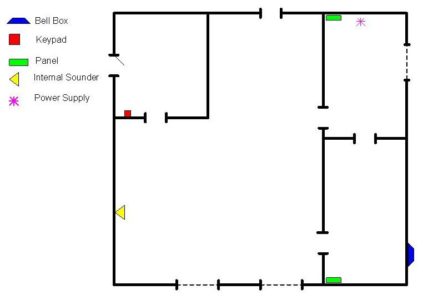CAN WE HELP?Enter your details and we’ll be in touch.
Grade 1 is the lowest EN grade alarm system and is typically installed on the basis that intruders are expected to have little knowledge of the alarm system and may be restricted to a limited range of easily available tools to disarm the system.
How does Terminology differ between BS and EN50131?
Some Terminology has changed, and some of the more common terms and abbreviations used in the standards are detailed below.
| IAS | Intruder Alarm System | (Type of System) |
|---|---|---|
| HAS | Hold-up Alarm System | (Type of System) |
| I&HAS | Intruder & Hold-up Alarm System | (Type of System) |
| ACE | Ancillary Control Equipment | (eg Exit Terminator Switch) |
| PACE | Portable Ancillary Control Equipment | (eg Remote Keyfob) |
| CIE | Control and Indicating Equipment | (eg Alarm Panel) |
| WD | Warning Device | (eg Bell Box, Sounders, Strobes) |
| ATS | Alarm Transmission System | (Signalling System) |
| ARC | Alarm Receiving Centre | (Monitoring Station) |
| PS | Power Supply | (Power Supply for I & HAS) |
The diagram shows the terminology for the main components of a system.
Detectors are not shown in this example.
